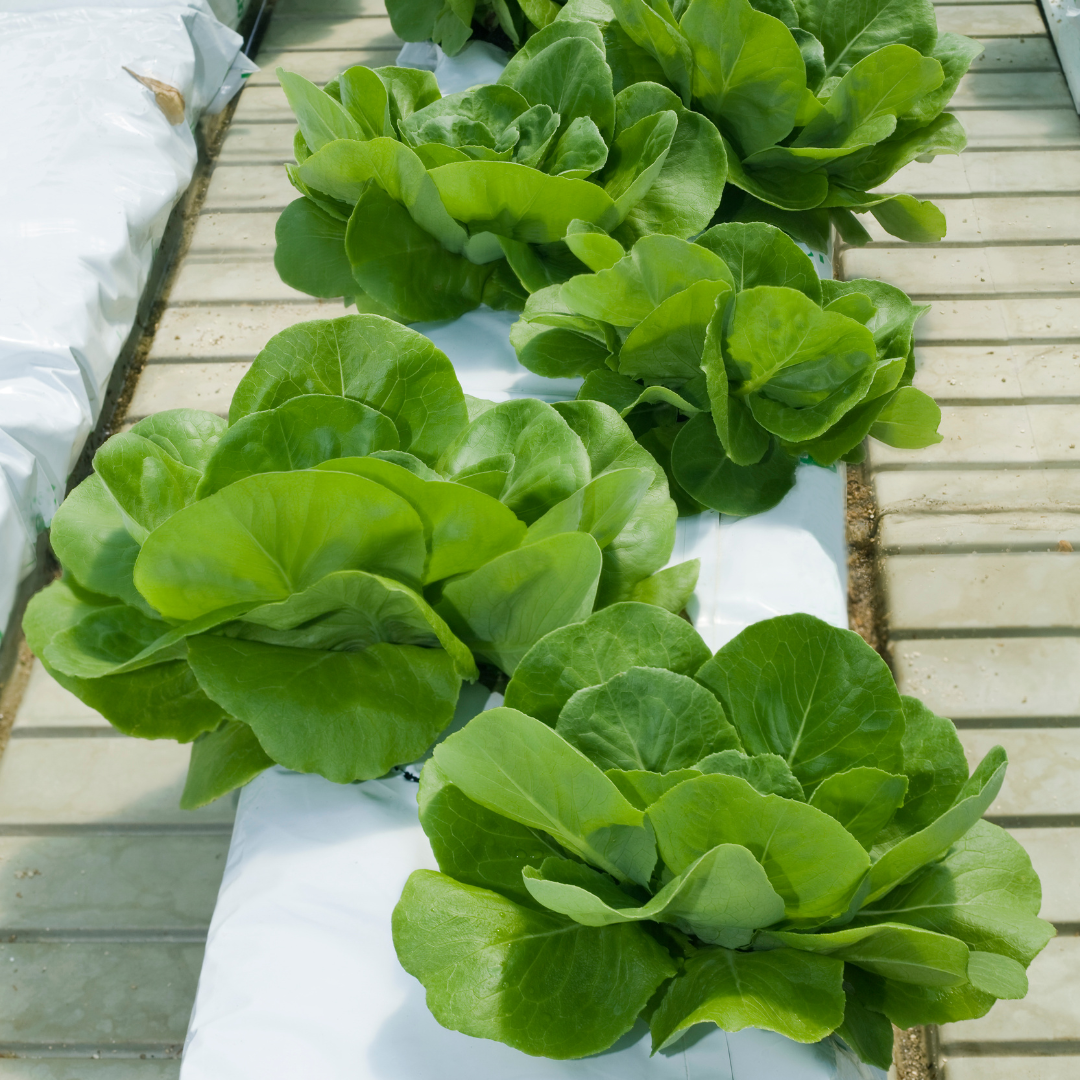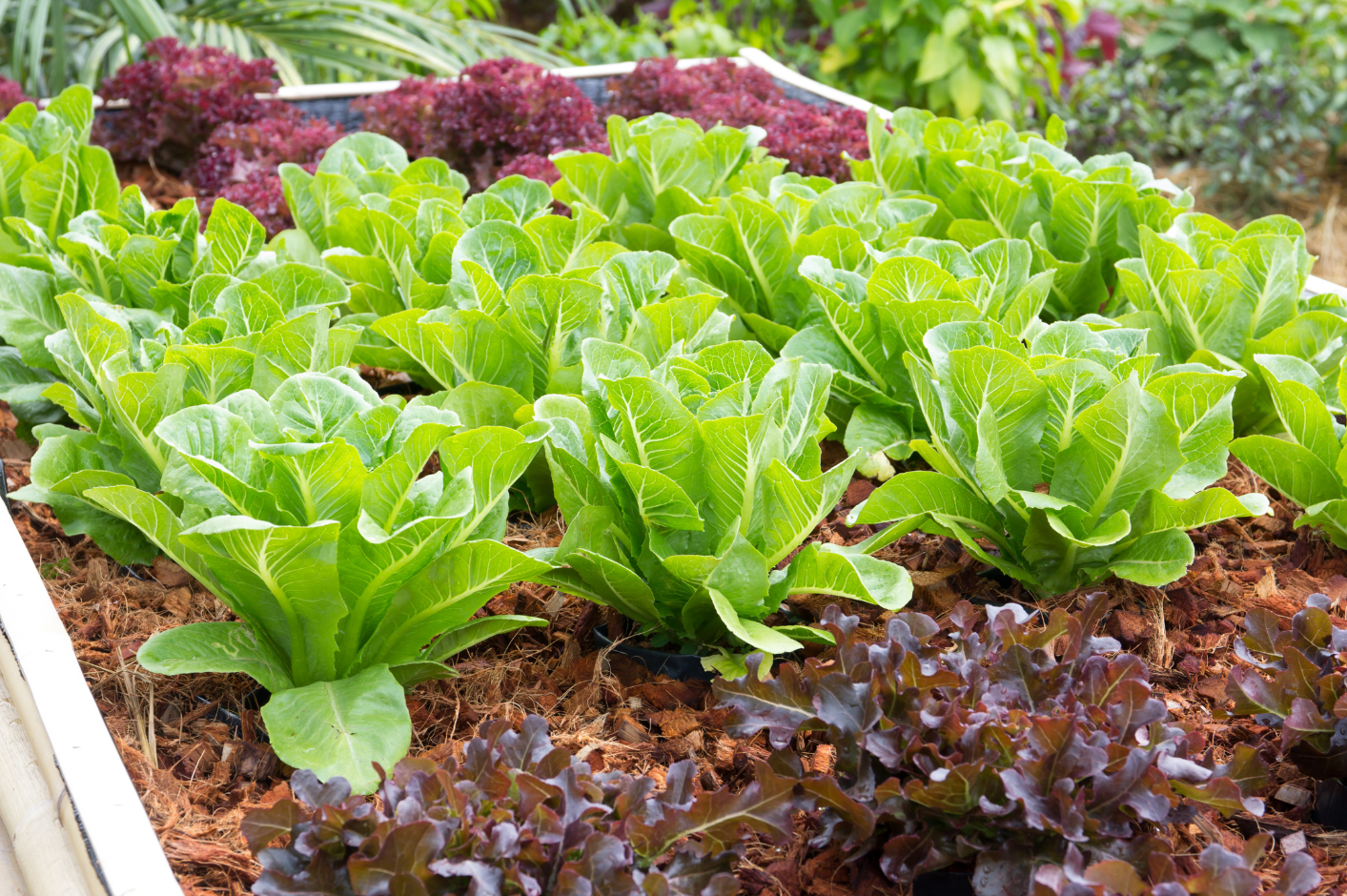BABYLEAF LETTUCE
Babyleaf lettuces are harvested at the immature stage,
this gives the leaves a great taste and texture which are perfect for salads.
Lettuce is packed full of vitamins, minerals, and dietary fibres.

Crop:
BABYLEAF LETTUCE
Growth Period:
30-60 Days
Humidity Needed:
50-80 %
Nighttime Temperature:
12-23 °C
Plant Height:
5-15 CM
Type:
LEAFY AND SALAD
Light Per Day:
16-20 Hours
Daytime Temperature:
16-25 °C
Required Substrare pH:
5-8
Sow lettuce seeds directly in a well-prepared growing medium. Ensure your medium is well-draining and keep it consistently moist, but avoid overwatering. Lettuce prefers consistent moisture rather than drying out and then getting soaked. Maintain the recommended photoperiod, temperature and humidity. As the seedlings grow, thin them to the recommended spacing to allow proper development. Babyleaf lettuce is ready for harvest when the leaves are young and tender, typically in 30-60 days after planting. Use scissors to snip the leaves at the desired height, allowing the plant to continue producing. By cultivating and selling baby leaf lettuce, you provide a fresh, nutritious, and versatile ingredient to your community. You cater to the demand for fresh greens while contributing to sustainability and promoting healthy eating habits. There’s a consistent demand for fresh, locally grown, and nutritious greens, making baby leaf lettuce a sought-after product and babyleaf lettuce matures quickly, allowing for multiple harvests in a short period, which means a faster return on investment. Babyleaf lettuce is relatively low-maintenance and can be grown year-round, making it accessible to a wide range of growers, and it can be sold at a premium due to its freshness, taste, and nutritional value. Babyleaf lettuce is dense in nutrients, rich in vitamins like A, C, and K, supporting vision, immunity, and bone health. It contains essential minerals such as iron and calcium for blood and bone health. These tender greens also provide dietary fibre for digestion and gut health. Baby leaf lettuce has a tender and mild flavour that’s less bitter and more delicate compared to mature lettuce varieties. Its taste is fresh, slightly sweet, and often described as crisp and refreshing.
